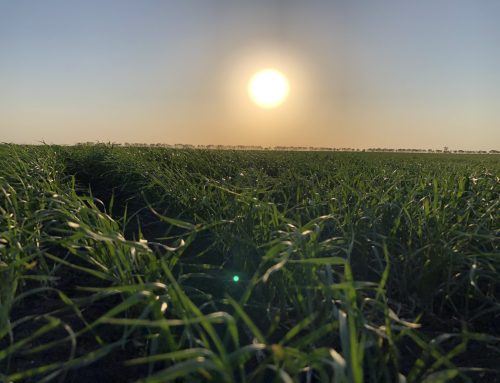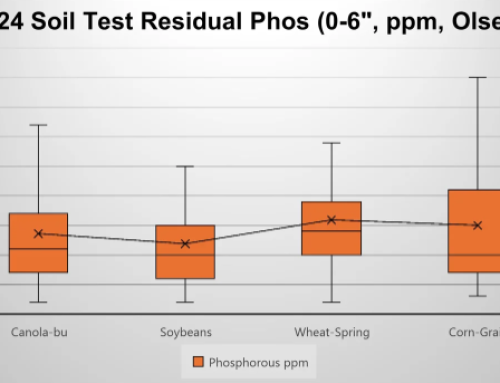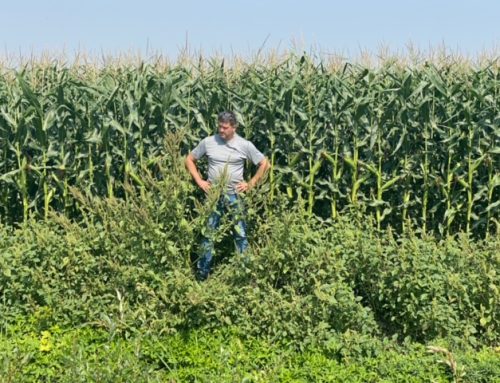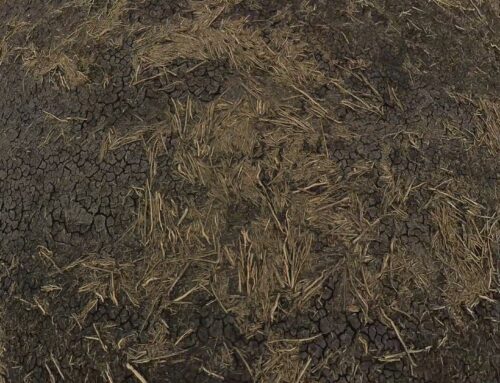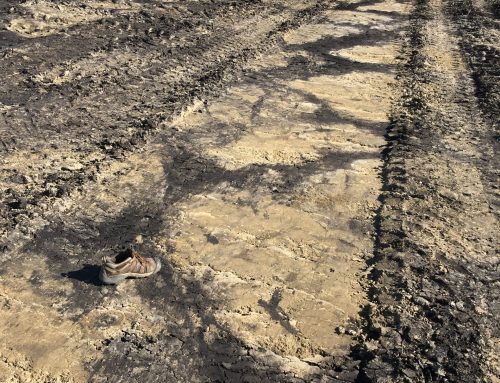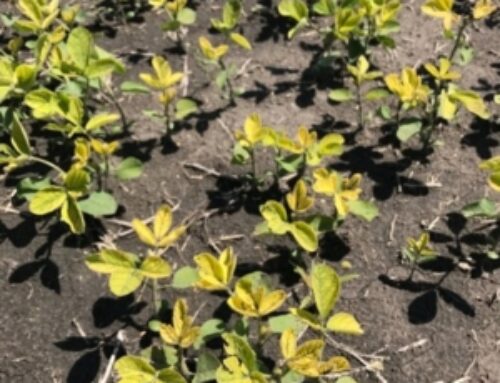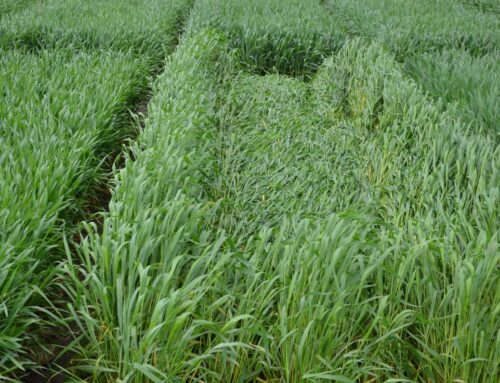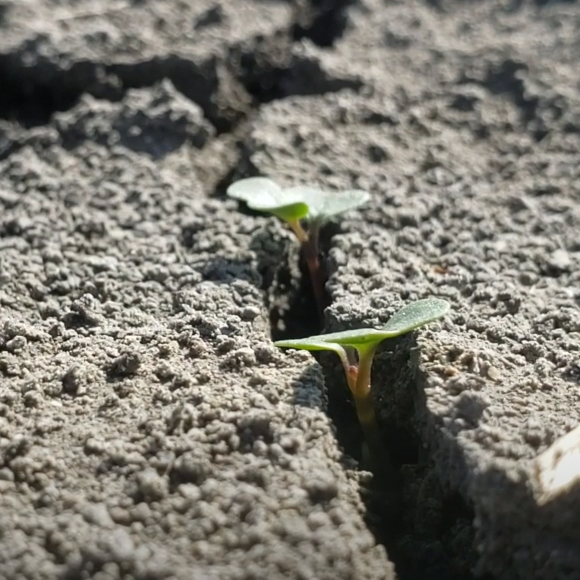
Our rolling prairie landscape is dotted with eroded clay knolls that expose the highly calcareous parent material. Since the retreat of lake Agassiz, these knolls have had limited water infiltration resulting lower plant growth and thin topsoil layers. Add tillage and water erosion and you are often left with exposed parent material which is highly calcareous.
Canola yields on these knolls are often lower than the field average. The biggest contribution to reduced yields likely comes from limited moisture availability in the later part of the season. But another factor to consider might be reduced plant stands often observed in these areas.
Recent work from the University of Manitoba and Agriculture Canada looking at the effectiveness of seed placed starter fertilizers in canola identified that high rates of seed placed fertilizer had a toxic effect on canola which was significantly higher on soils testing high in carbonates¹. Soil carbonates are present at high levels in our soils and can only be leached out with the downward movement of water. It is not uncommon to find carbonate levels of 8% or higher on our eroded clay ridges.

Ammonium sulphate can react with the carbonates and produce higher rates of ammonia, toxic to the seed. This is likely made worse by the lower moisture holding capacity on the ridges.
Another factor that can affect emergence is seeding depth. Depending on your seeding tool, seeding depth can be affected because our clay knolls tend to be softer than other parts of the field. If you think of plant material as the glue that holds soil together, soils with higher biomass levels are more resilient and can carry heavier equipment. Thus, eroded knolls can be seeded deeper, making it harder for canola to emerge from depth.
If you think starter fertilizer may be affecting canola emergence on your fields, flag a few areas and turn off your starter fertilizer to see if there is an effect. This year, we area starting off with more than adequate soil moisture so consider repeating the test in drier years. Also, a reminder to watch your seeding depths and seed sizes which can also have a big effect on the emergence of canola.
Brunel Sabourin.

